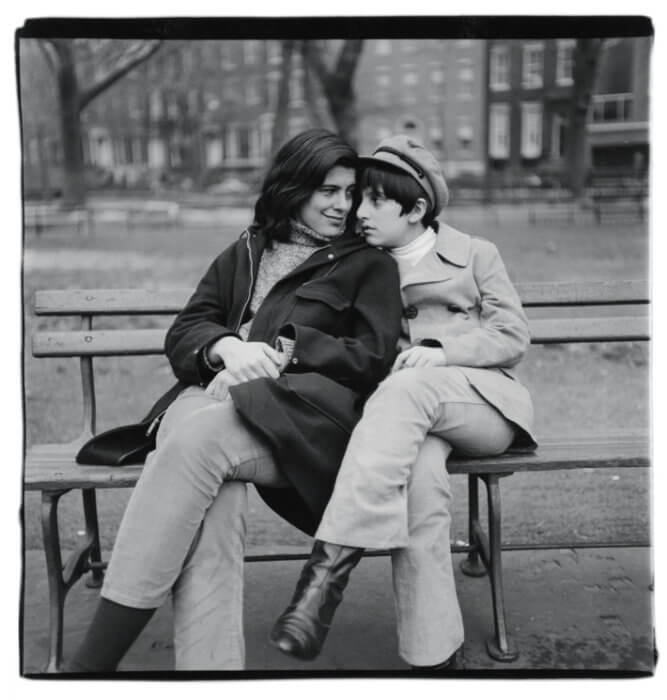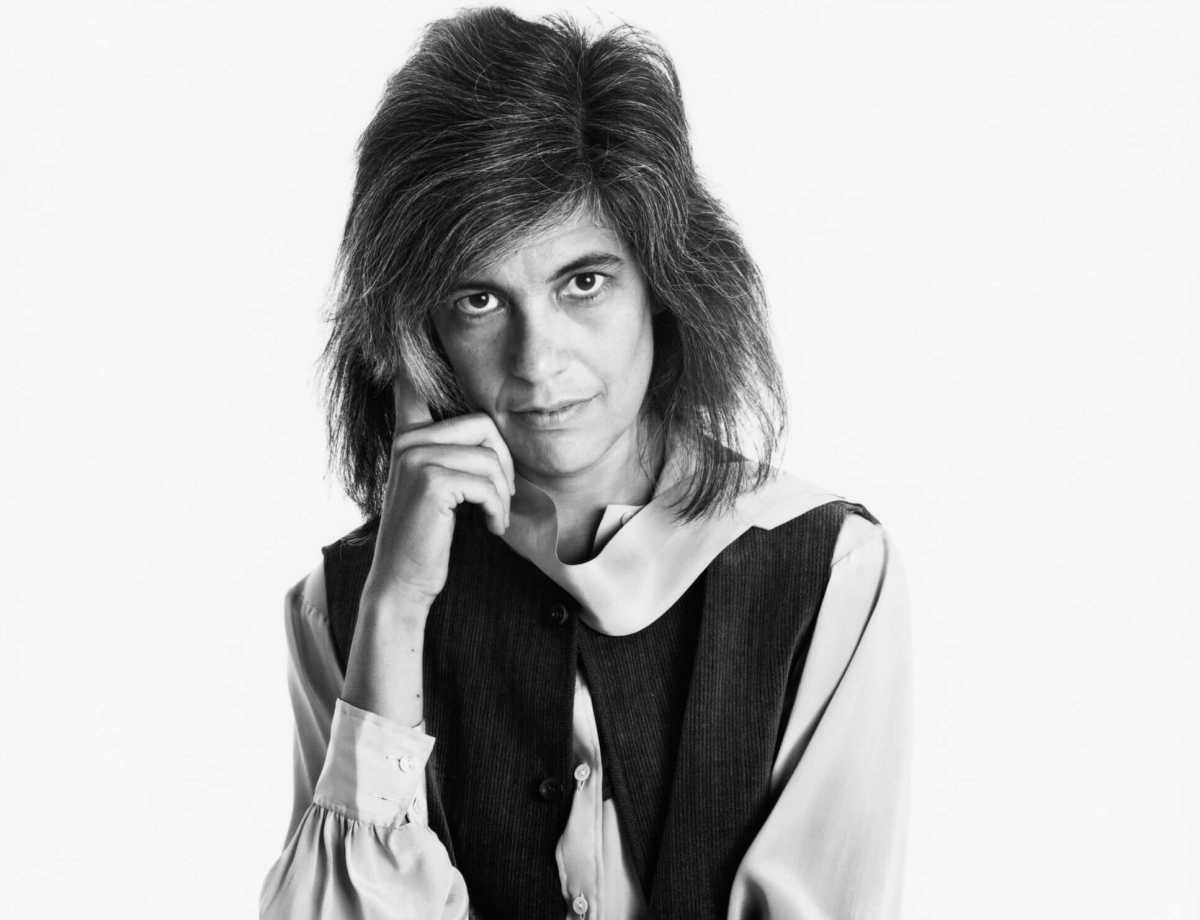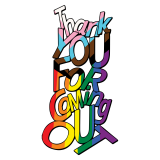Susan Sontag. She was a brand long before most writers knew they needed one. Even if you’ve never read a Sontag book, you can still engage with her seriousness by studying her darkly handsome, scathingly sensible face, as photographed by Richard Avedon or Diane Arbus or Annie Leibovitz. A major 20th-century cultural critic, as well as novelist and filmmaker, Sontag was all about interrogating Western art and literature to discover their embedded morality (or lack thereof): “The wisdom that becomes available over deep, lifelong engagement with the aesthetic,” she wrote, “cannot be duplicated by any other kind of seriousness.”
Decades ago, Susan Sontag — who died in 2004 at age 71 — meant the world to me. My pals and I were, to use the 1970s label, “lesbian feminists.” We were also insecure, angry, unformed, and uninformed. Then, like a Genius-IQ Wonder Woman, Sontag landed, wielding game-changing books like “Notes on ‘Camp,'” “Against Interpretation,” “Trip to Hanoi,” “AIDS and Its Metaphors,” “The Volcano Lover” … Some were great; some not; all demanded rethinking lots of your life. The fact that this drop-dead brilliant woman was also beautiful and famous seemed to us 20-somethings like simple moral justice; we couldn’t have asked for more. Looking back, though, we probably should have.
Recently, Benjamin Moser published “Sontag: Her Life and Work,” his 800-page biography of Sontag, which is brilliantly comprehensive and, in terms of Sontag’s personal life, possibly the most engaging outlay of too-much-information I’ve ever read. Moser frames Sontag’s conflicted, sexually ambivalent life by studying it through her preoccupation with metaphor: a thing itself in play with its image.
“Sontag’s real importance increasingly lay in what she represented,” summarizes Moser. “The metaphor of ‘Susan Sontag’ was a great original creation.”
Moser’s biography is the story of a woman who craved, even as a child, becoming part of the liberal wing of Western culture’s literary establishment. By her early thirties she was securely ensconced in what pundit Norman Podhoretz called “the Family,” a predominantly New York Jewish intellectual lineage, shaped in the 1940s around Partisan Review and extending through The New York Review of Books. Though she grew up as a ferociously intelligent female in the mid-20th century and had to fight for every ounce of intellectual independence, Sontag didn’t denounce the patriarchy; she deeply knew and appreciated its aesthetic power.
Sontag began life in 1933 as Susan Rosenblatt. After her father died when she was five, Susan and her sister were raised in the more culturally stultifying parts of Tucson and Los Angeles by an alcoholic mother who, when Susan was 12, married WWII pilot Nathan Sontag. Other than giving her a more euphonious surname, Nat wasn’t too useful, warning his book-addicted stepdaughter that men don’t marry girls who read all the time. But at the age of 17, Susan, precocious in all things, married her university professor, Philip Rieff, and at 19, gave birth to a son, David. Finding the relationship increasingly suffocating, Sontag spent most of her marriage breaking away and gaining child custody, while her work garnered critical attention.
Nat Sontag, however, may have been on to something. Susan, who kept a diary from childhood, wrote as a teenager, “My desire to write is connected to my homosexuality. I need the identity as a weapon to match the weapon society has against me.” Sontag’s tortured lesbian identity is in fact the central nervous system of Moser’s book. Though her affairs with men were relatively short and less complicated, Sontag pursued, throughout her life, a series of passionate, unhappy, sometimes abusive relationships with women — María Irene Fornés, Lucinda Childs, Annie Leibovitz, among others — which were open secrets in the art world.

Reading Sontag’s biography, you’re sadly aware of the paralyzed horror this woman would feel at seeing this rendition of her life. Moser devotes a chapter to the likelihood that Sontag’s closetedness — long after it was remotely necessary — was largely responsible for her signature lack of self-awareness and empathy, her occasional homophobia, her reliance for selfhood on the opinions of others.
Having conducted a phenomenal amount of interviews and research, Moser connects as many psychosexual, interpersonal, and historical dots as he can to present Susan Sontag as an epically accomplished and complicated woman. It’s an authoritative book and, as such, can presume too much, judge too easily, and evade the mystery that lies at the heart of any human being. It can also focus on the personal at the expense of the political.
Politically, the book offers a sort of cooked, National-Public-Radio certitude about history, as if “we of the liberal intelligentsia” already know and agree on what’s happened: the fall of the USSR and the Berlin Wall were good; the Oslo Accords were promising; Cuba’s revolutionary “New Man” evoked Nazi purity. While Moser would never dismiss Sontag’s lesbianism as a phase, he easily does so with her politics.
Sontag’s “radical” phase began in the 1960s, when she developed an interest in revolutionary societies. She spent some time in North Vietnam during the war and, in Partisan Review, famously wrote of the white race as “the cancer of human history.” In “the American Bloomsbury,” Moser observes, where it was cool to debate revolution, Susan Sontag became “that most radical of radicals.” But this phase came to a definitive halt at a 1982 town hall smack-down with the New Left, when Sontag — supported by her friend, Joseph Brodsky, a poet expelled from the USSR — decried Communism as fascism, “Successful Fascism, if you will.” This was the moment, according to a friend, that Sontag finally “ceased being ‘radical’ and reverted to being “intelligent.”
Moser includes a dust-up between Sontag and the poet Adrienne Rich — openly feminist and lesbian. Sontag’s essay, “Fascinating Fascism,” had attributed the newfound popularity of the Nazi-friendly work of filmmaker Leni Riefenstahl to feminists. Rich wrote to correct Sontag: it was not feminists; it was the cinephile establishment that promoted Riefenstahl. Deeply affronted, Sontag called Rich an “infantile leftist” whose demagoguery was yet another example of fascism. Rich, herself a distant relative of the Family — and writer, according to Moser (and many others, including me), “of essays in no way inferior to Sontag’s” — was effectively banned from The New York Review of Books, which never published her again.
Adrienne Rich probably didn’t miss the Family for long; she was already heading off to society’s “infantile” margins to write some of her best work examining white women’s role in the history of enslavement and colonialism, exposing compulsory heterosexuality in building Empire. Here, on these “fanatical” margins, Susan Sontag would have ceased to think or exist.
But these margins have also encompassed centuries of art, scholarship, and literature by intellectuals and artists — largely Black, Brown, Indigenous — who knew, usually first-hand, the colonialism, enslavement, and genocide on which the esteemed New York Review aesthetic has been built. While James Fenimore Cooper was writing The Last of the Mohicans, David Walker, son of an enslaved father, wrote his Appeal to the Coloured Citizens of the World; while J.D. Salinger was writing Catcher in the Rye, Aimé Césaire wrote Discourse on Colonialism; while Joseph Brodsky was writing poetry, so were Audre Lorde, Adrienne Rich, June Jordan, Essex Hemphill…
It isn’t that radicals don’t deserve criticism. Sometimes, as Sontag alleged, the left does know less about human rights abuses under “Communism” than Reader’s Digest subscribers. But communism was meant to answer centuries of imperial European atrocities: Where was Sontag, intellectually, when she wrote about the cancerous white race? Why did she leave that place? She was never without her white, middle-class privilege; she could come and go as she pleased. Her journey leaves many questions…
Why, after the 9/11 attacks, did Sontag seem to return, at least for a moment, to that empire-questioning place? She was one of very few public voices to criticize US policy — and was thoroughly excoriated for it. Not even her son liked: “Let’s by all means grieve together. But let’s not be stupid together. A few shreds of historical awareness might help us understand what has just happened and what may continue to happen.”
Susan Sontag’s mysteries and metaphor are one reason you’d want to read her biography. I just wish Moser — and Sontag herself, for all her seriousness — could have taken radicalism more seriously.
To sign up for the Gay City News email newsletter, visit gaycitynews.com/newsletter.



































